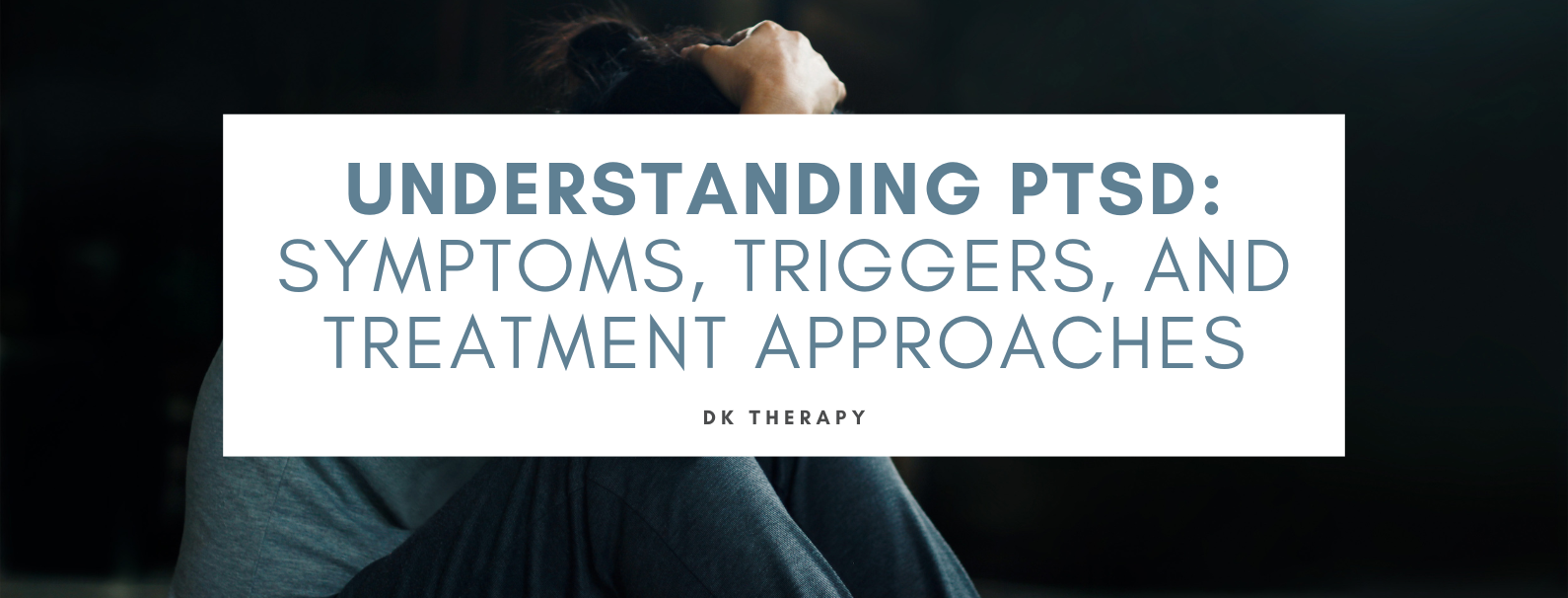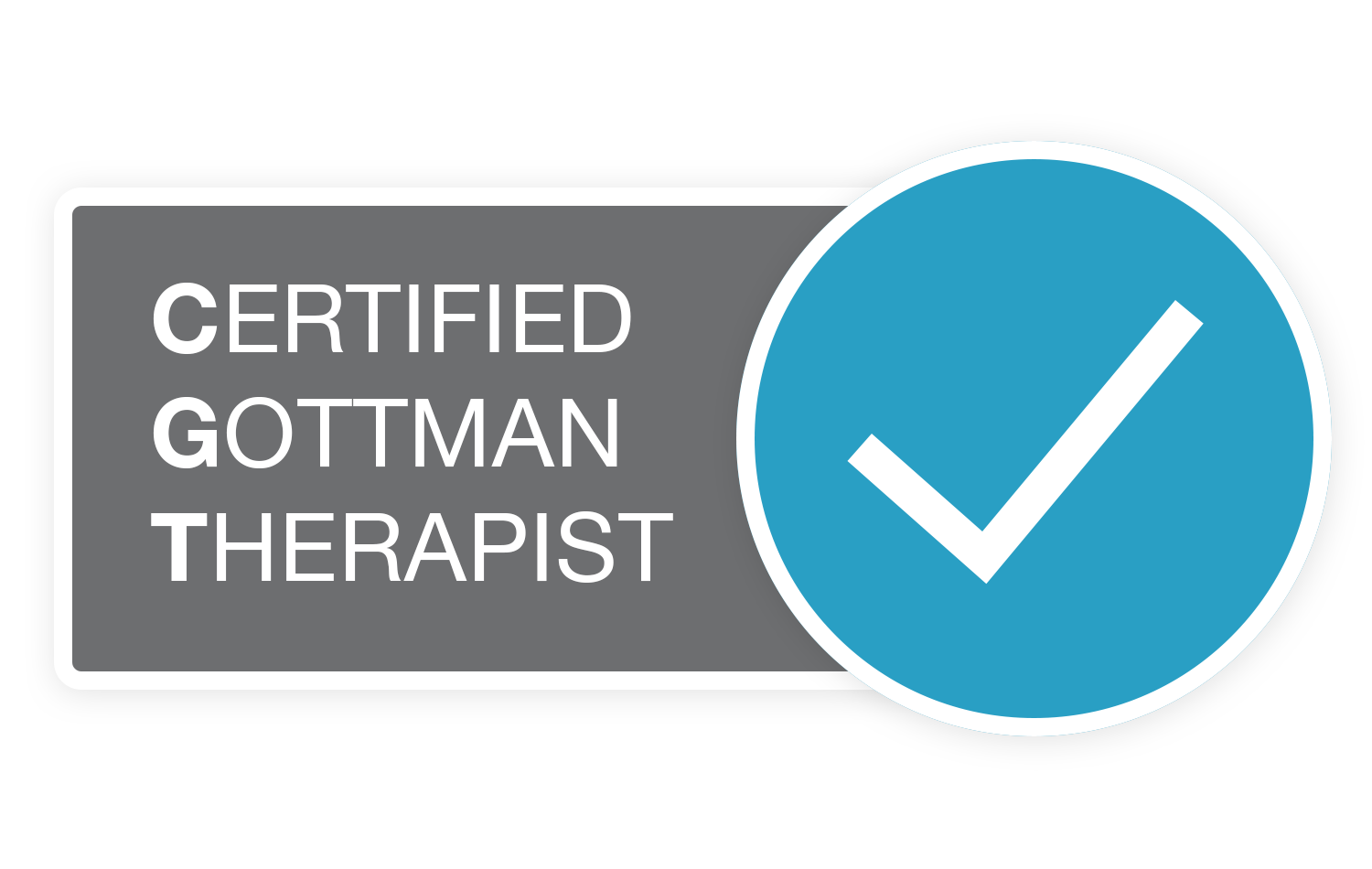
Post-Traumatic Stress Disorder (PTSD) is a condition that can develop after an individual experiences something traumatic. It can affect anyone of any gender, age, or background, and it can have a heavy impact on a person’s life. Daily activities, relationships, work, and one’s overall well-being suffer when symptoms are poorly managed.
Let’s review the symptoms, triggers, and treatment options for PTSD to help improve understanding and support for those affected by this condition.
 Symptoms of PTSD
Symptoms of PTSD
The symptoms of PTSD can vary among individuals living with this condition, but they typically fall into four categories:
Re-experiencing Events
PTSD sufferers may relive the traumatic event through flashbacks, nightmares, or intrusive thoughts. These experiences can be highly upsetting and often trigger intense emotional responses.
Avoidance Symptoms
People with PTSD often avoid reminders of the trauma, which includes places, people, or activities that evoke traumatic memories. Avoidance like this can lead to withdrawal from friends and family, isolation, and emotional numbing.
Negative Changes in Mood and Cognition
PTSD can lead to frequent negative thoughts about oneself or others, feelings of hopelessness, and difficulty feeling positive emotions. Individuals with PTSD may also struggle with memory issues, especially those related to the traumatic event.
Increased Agitation
Those with PTSD may experience anxiety and heightened emotional responses. The ups and downs can result in irritability, difficulty sleeping, angry outbursts, and hypervigilance.
Recognizing these symptoms is important for timely intervention and support. It’s also worth noting that symptoms can develop immediately after the trauma or may not manifest until months or even years later.
Triggers of PTSD
Triggers are stimuli that bring about memories of the traumatic event, which can lead to a resurgence of symptoms. Common triggers include:
- Anniversaries of the Trauma: The date when the traumatic event occurred can make intense memories and emotions difficult to contend with.
- Reminders of the Trauma: This could include anything from specific sounds, smells, images, or even places related to the event that took place.
- Conversations or Media: Discussions about the trauma or exposure to media coverage can also serve as triggers.
Understanding triggers is a key step in managing PTSD. It allows individuals to develop coping strategies and reduce exposure to things that will likely agitate or frighten them.
Treatment Approaches for PTSD
Effective treatment for PTSD often involves a combination of therapy, medication, and self-care strategies. A few common approaches include:
Psychotherapy
Psychotherapy comes in several forms, and several of these disciplines can be beneficial for individuals struggling with PTSD.
- Cognitive Behavioral Therapy (CBT): This is a widely used therapy for PTSD, as it focuses on changing the negative thought patterns and behaviors associated with the trauma.
- Exposure Therapy: A form of CBT, exposure therapy helps individuals confront and process their trauma in a controlled and safe environment.
- Eye Movement Desensitization and Reprocessing (EMDR): This type of therapy uses eye movements (bilateral stimulation) to aid in reprocessing traumatic experiences so that when thought about, they no longer create anxiety or fear. What is left is a more neutral physical and emotional response to the experience.
Medication
Antidepressants, especially SSRIs, can help relieve PTSD symptoms by bringing balance to the brain’s chemical processes. Other medications, such as anti-anxiety drugs, may also help manage agitation and irritability. It’s important to understand, though, that medication is only part of a sound treatment plan.
Self-Care Strategies
While PTSD can be incredibly difficult to manage alone, there are a few things PTSD sufferers can do to find relief at home. These strategies work best alongside professional intervention.
- Mindfulness Techniques: Meditation, yoga, and deep breathing can help reduce anxiety and improve emotional regulation.
- Physical Activity: Regular exercise can improve mood and overall mental well-being.
- Support Groups: Connecting with others who have experienced similar traumas can provide comfort and reduce isolation.
Understanding PTSD is essential when it comes to creating a supportive and compassionate environment for those affected. With the right approach, individuals with PTSD can find effective strategies to manage their condition and lead fulfilling lives.
If you’re struggling and you’d like to get involved with therapy, reach out to DK Therapy and we can schedule you with one of our therapists trained in EMDR or other therapies to help reduce PTSD symptoms.




